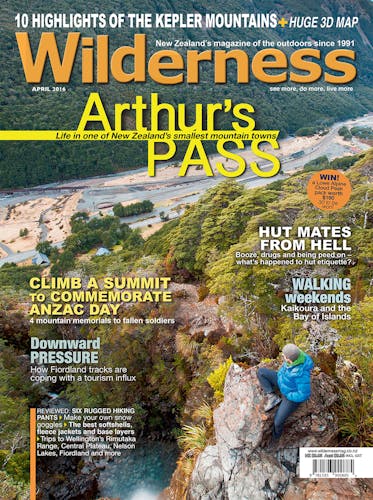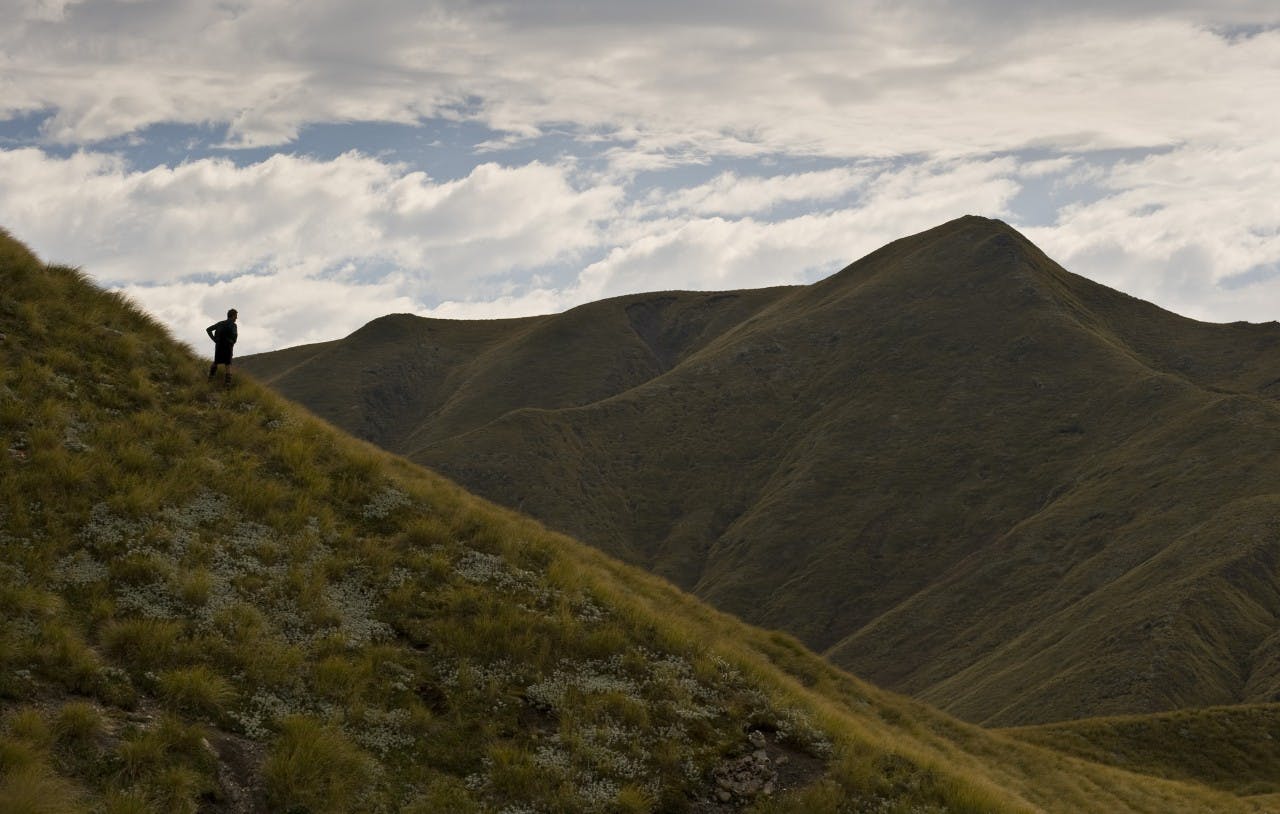Four mountains to climb on ANZAC day to commemorate Kiwi soldiers who made the ultimate sacrifice
Both World Wars had a significant impact on the lives of trampers, hunters and mountaineers. Some left home, never to return. Others survived the war, but came back traumatised. With ANZAC day on April 25, it’s appropriate to look at mountains that serve as war memorials.
A number of significant New Zealand mountaineers lost their lives in the First World War, some of whom were commemorated by the naming of a mountain or peak. The highest of these is Girdlestone (2658m), the southernmost of Mt Ruapehu’s several summits. It’s named after Hubert Girdlestone, a pioneer of the Tararua Range, who died on the Western Front when a piece of shrapnel pierced his heart while he lay sleeping.
Other prominent mountaineers who lost their lives were Jim Dennistoun, and Arthur Talbot. Dennistoun earned fame as the first to climb Mt D’Archiac in 1910 (with guide Jack Clarke), and by a first ascent of Mitre Peak the year after. He also made significant trans-alpine journeys in the headwaters of the Rangitata River. Dennistoun served as a bomb thrower, and died in 1915 after injuries sustained in a plane crash. A peak, pass and glacier in Canterbury commemorate him.
Along with William Grave, Arthur Talbot was a pioneering tramper and climber who did much to untangle the secrets of deepest, darkest Fiordland in the early 1900s. He died, aged 41, in the Battle of Passchendaele, in October 1917, and is remembered by the Grave-Talbot Pass, as well as Mt Talbot (2105m) – a prominent summit in the Darran Mountains, beneath which the New Zealand Alpine Club’s Homer Hut sits.
During the Second World War, many clubs survived only through the efforts of women to keep them going. Following the end of the conflict in 1945, club members sought to establish war memorials on the summits of mountains such as Kaweka J, Maungamahue and Mt Hector. Their efforts pay tribute to all those members that made the ultimate sacrifice. What better way to commemorate ANZAC day than by having a moment’s silence on the summit of one of these peaks?
1. Girdlestone Peak, Tongariro National Park
Most prominent when seen from the south, this sharp, pointed peak was called the Little Matterhorn before being renamed in honour of Hubert Girdlestone – it was one of his favourite mountains. It’s a prominent landmark on the Ruapehu Round the Mountain Track, notably from Mangaehuehu Hut. For mountaineers, its steep slopes offer a significant challenge in both summer and winter.
2. Kaweka J, Kaweka Forest Park
Members of the Hastings-based Heretaunga Tramping Club built a large cairn on the summit of Kaweka J (1924m) to commemorate trampers who lost their lives in the Second World War. Each November, club members hold a service here and add a few more stones to ensure the cairn endures.
3. Maungamahue, Ruahine Forest Park
Maungamahue means ‘mountain of the left behind’, and was named by members of the Ruahine Tramping Club after soldiers who died in the First World War. It’s the highest summit (1661m) on the Whanahuia Range, most often accessed along the tops from Rangiwahia Hut.
4. Mt Hector memorial cross, Tararua Forest Park
In 1950, members of several Wellington tramping clubs erected a wooden cross atop Mt Hector as a tribute to their fellow trampers who lost their lives in the Second World War. Carrying the heavy wooden cross and concrete up the Southern Crossing Track was a major feat, requiring legions of trampers. Tararua weather is never kind to human-made structures, and by 1980 the cross had to be replaced. To this day it serves as both a memorial and landmark, and in winter it makes a striking sight when festooned in ice.








